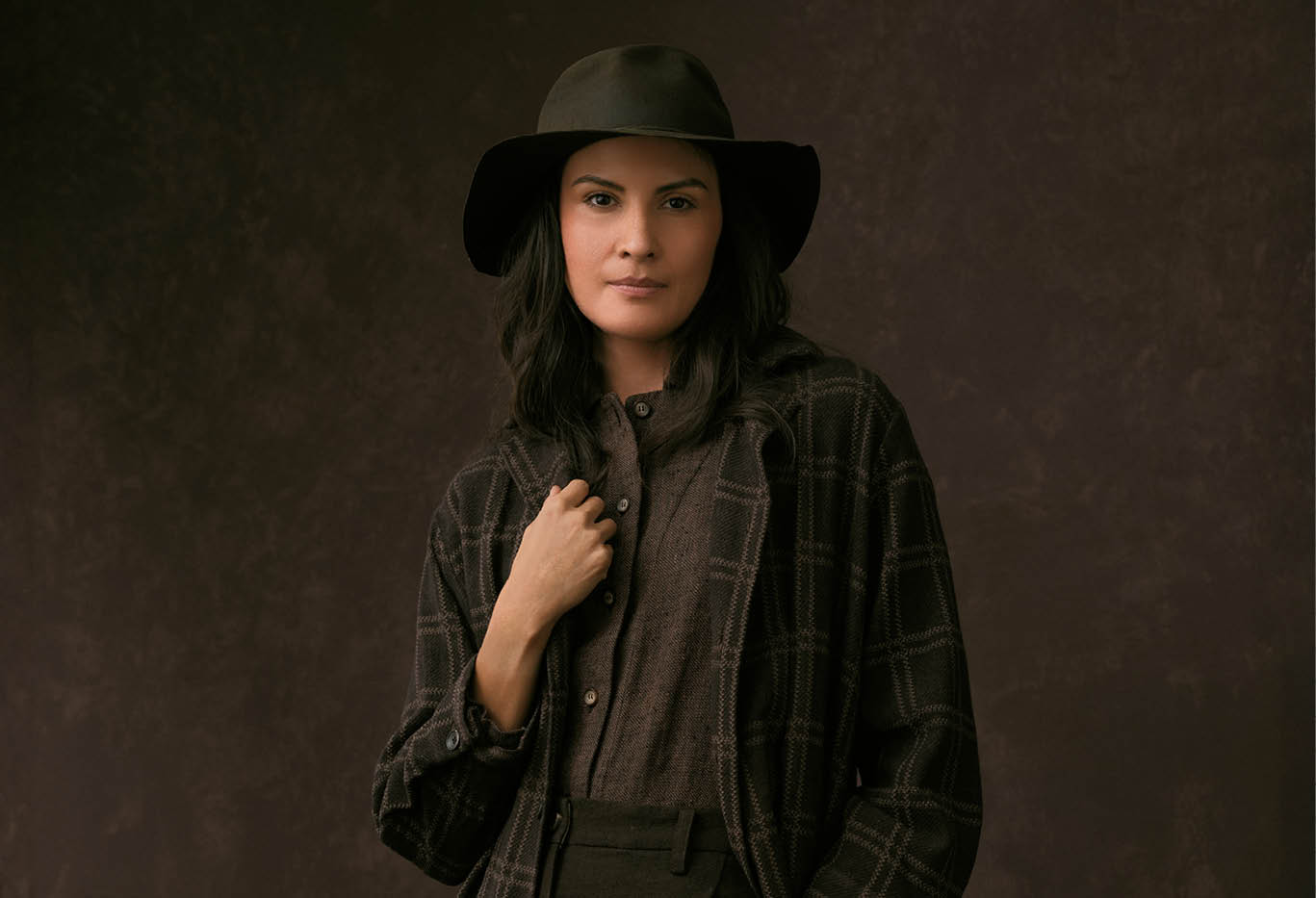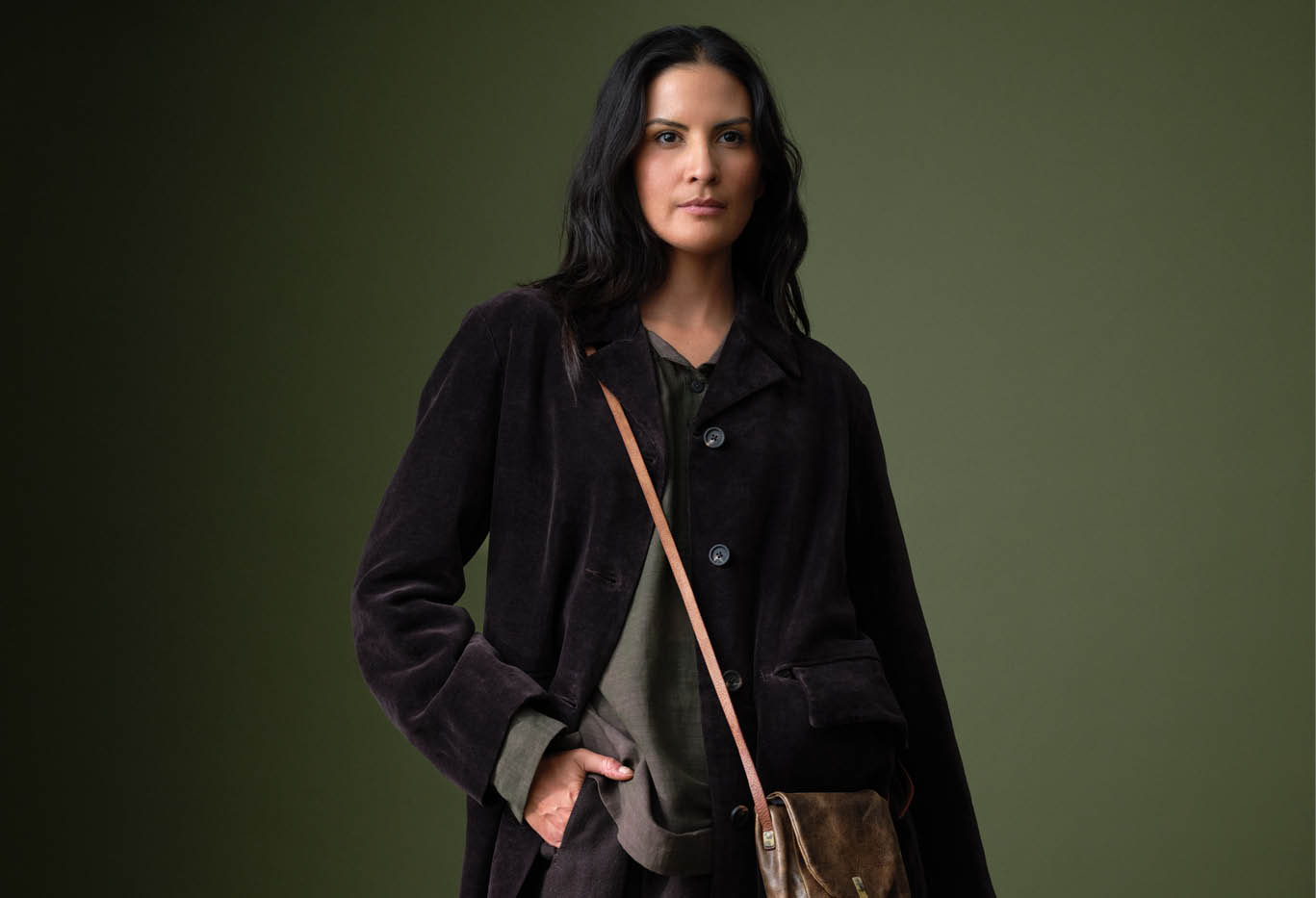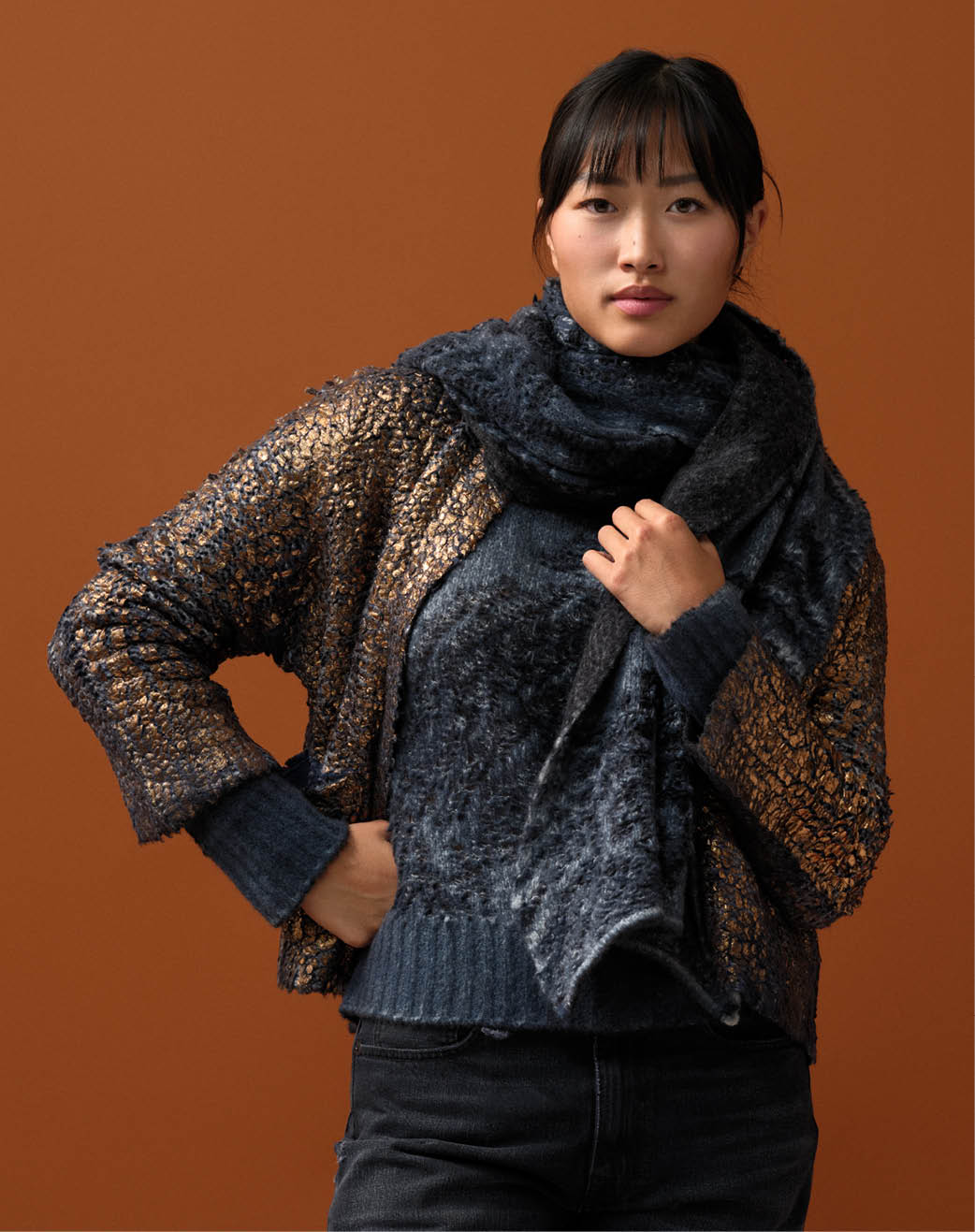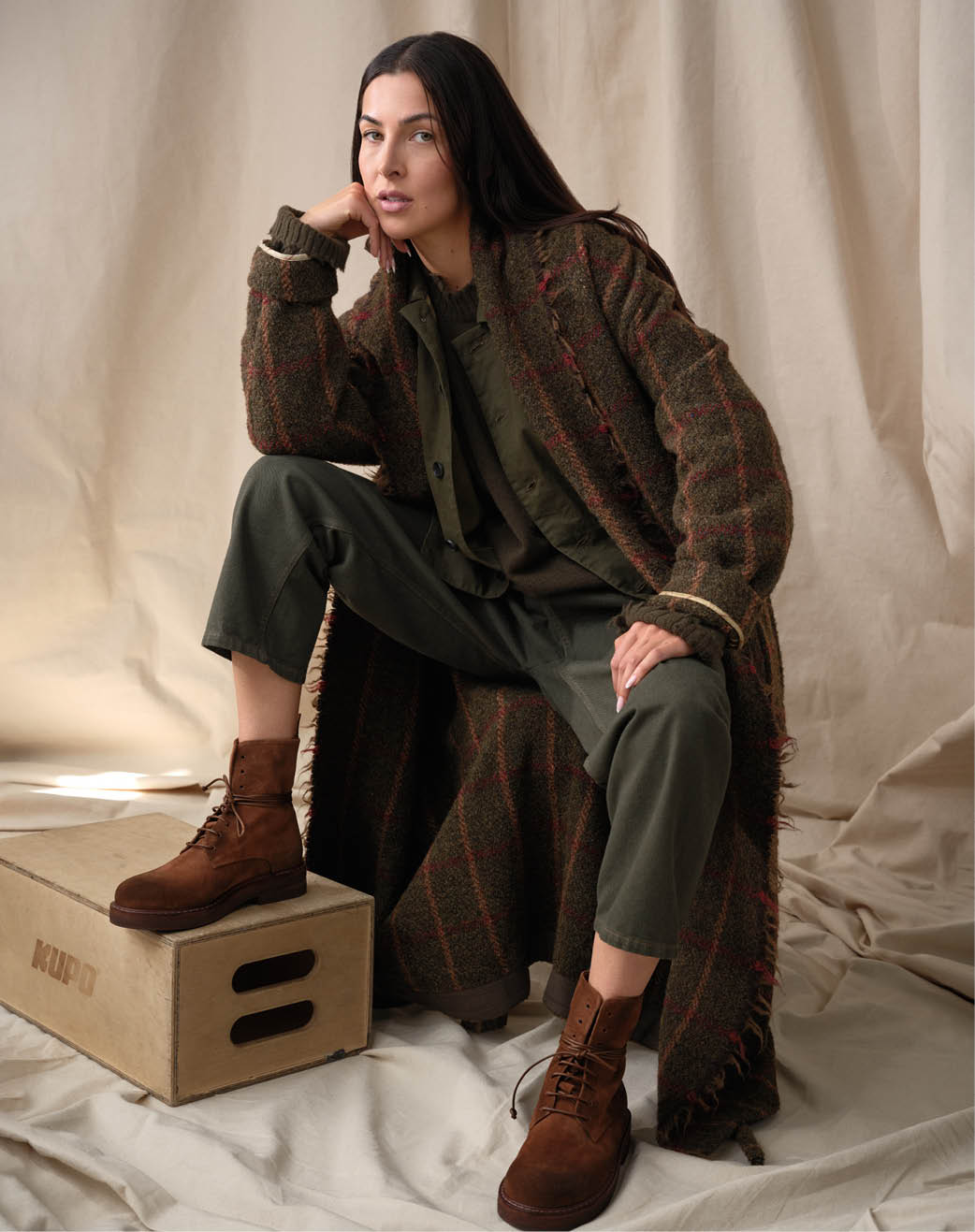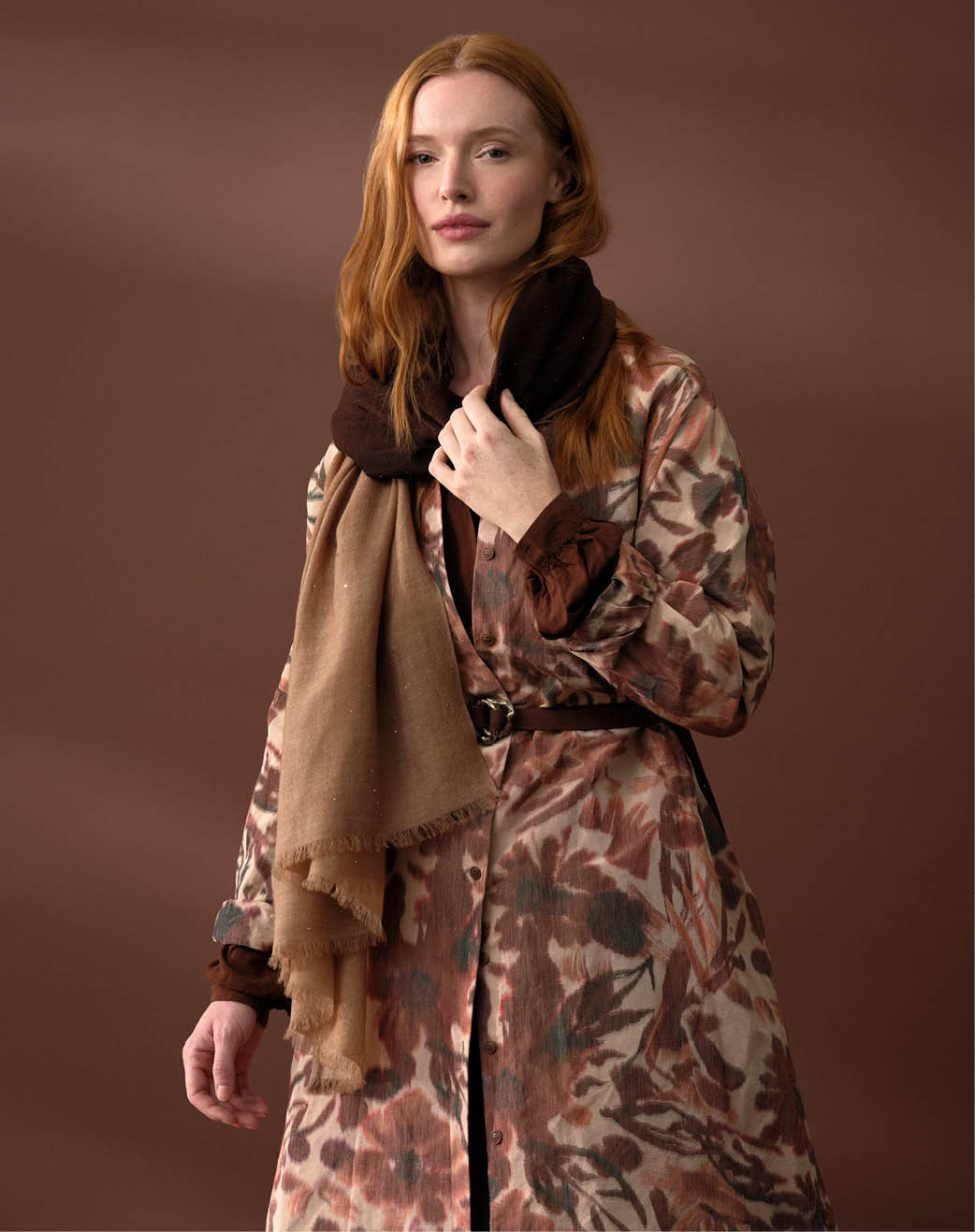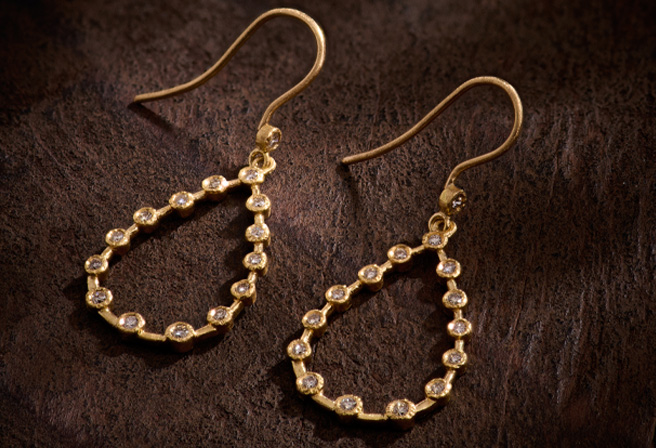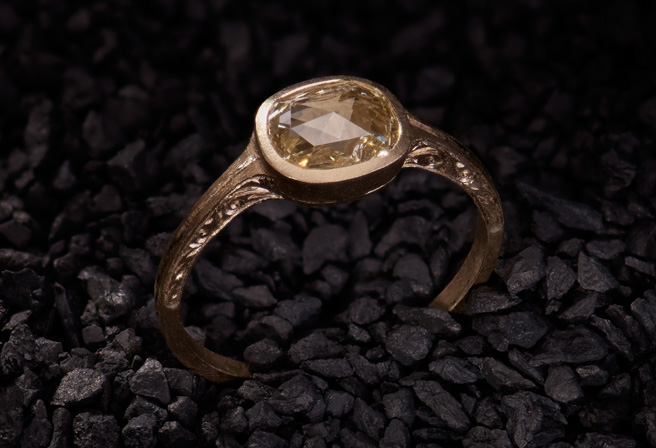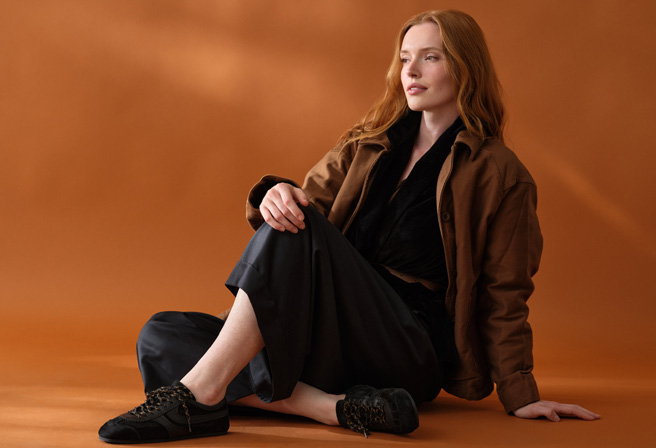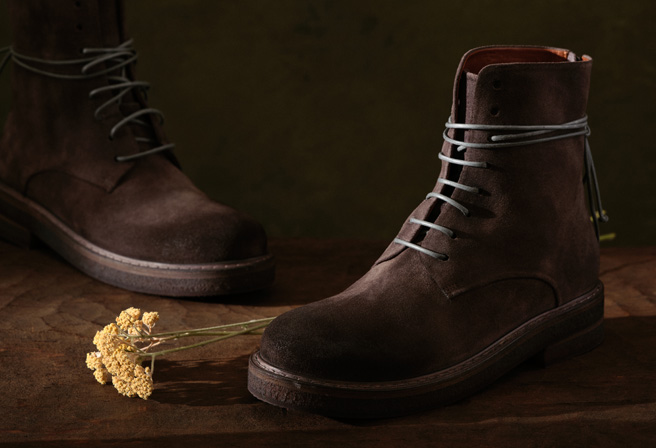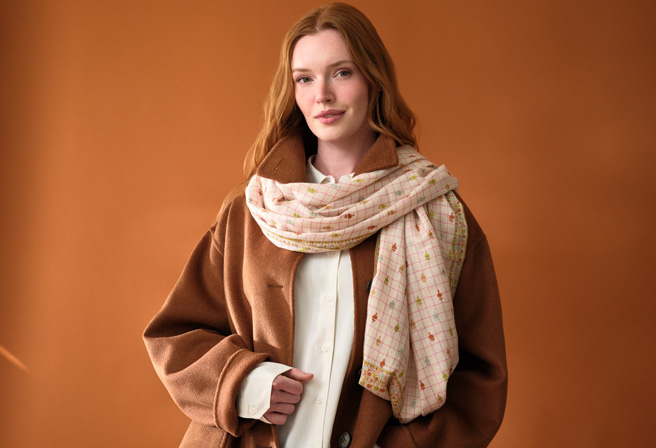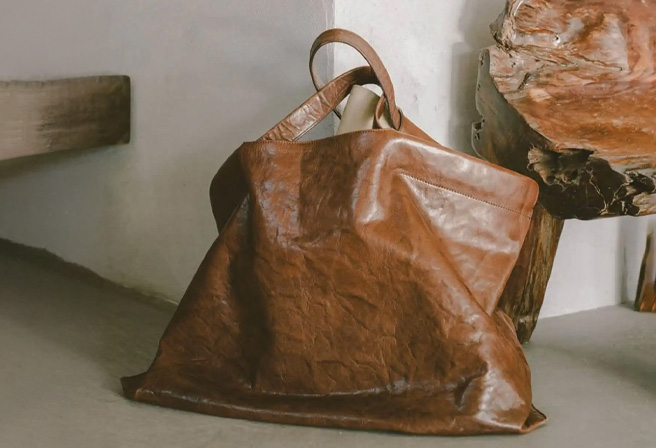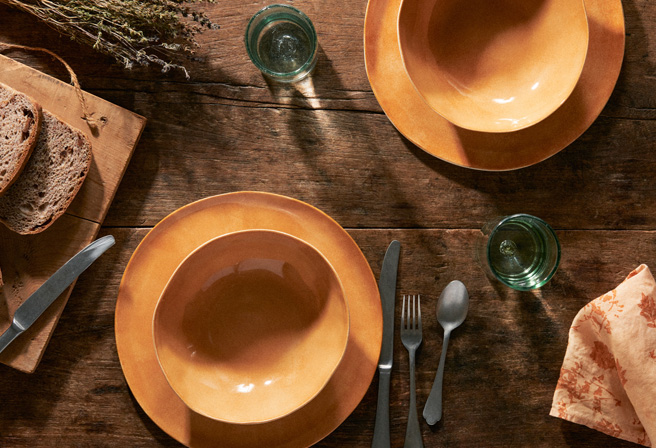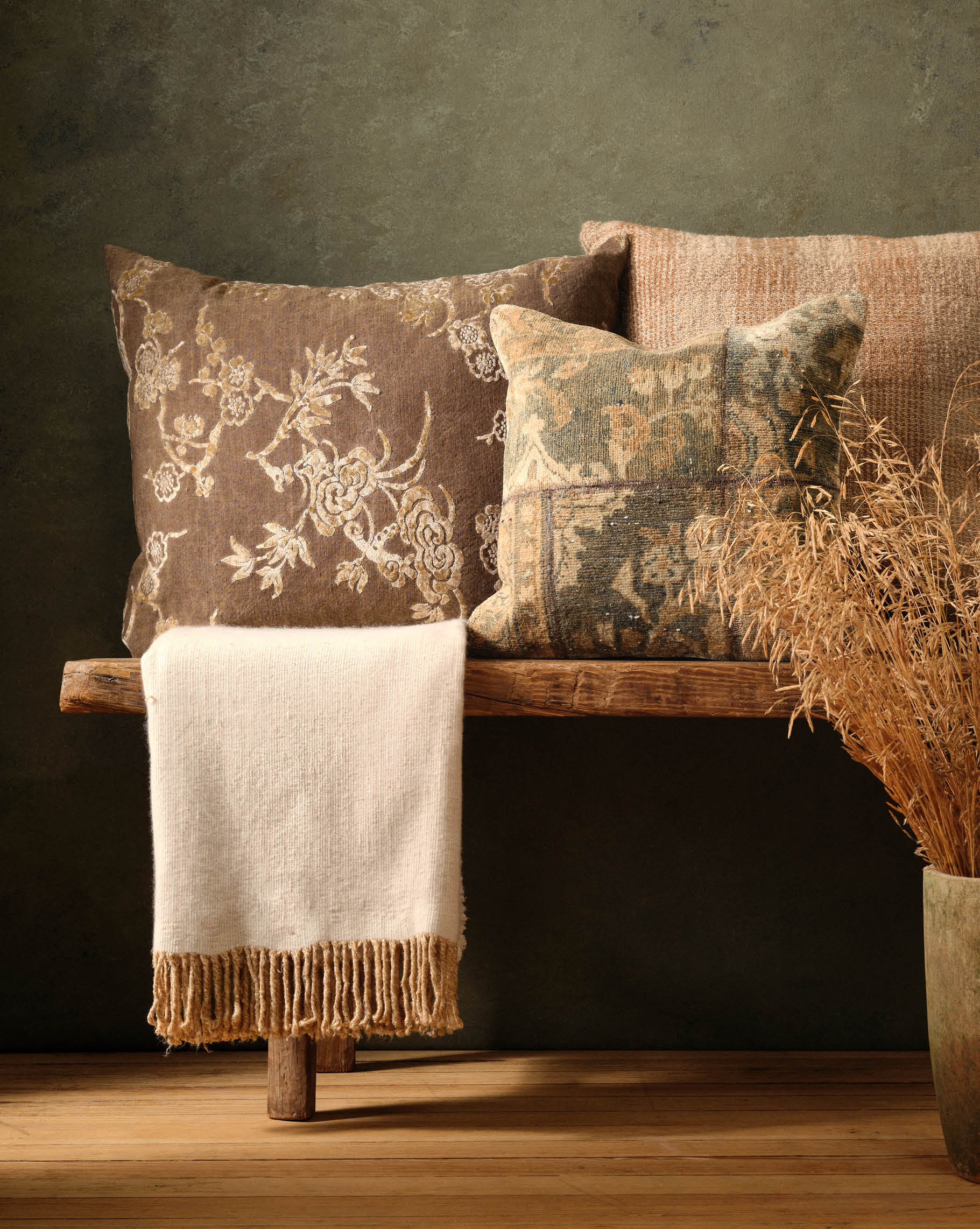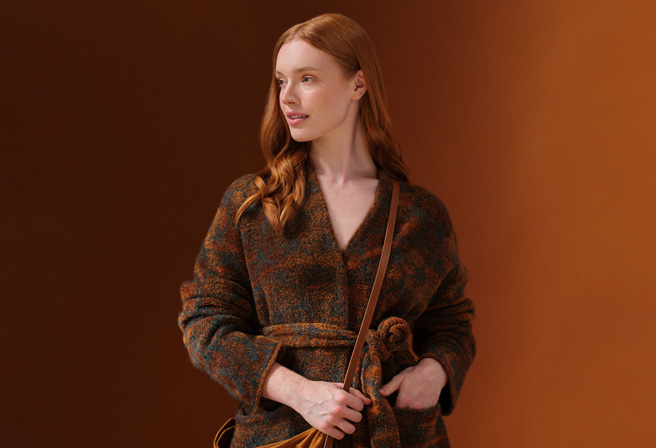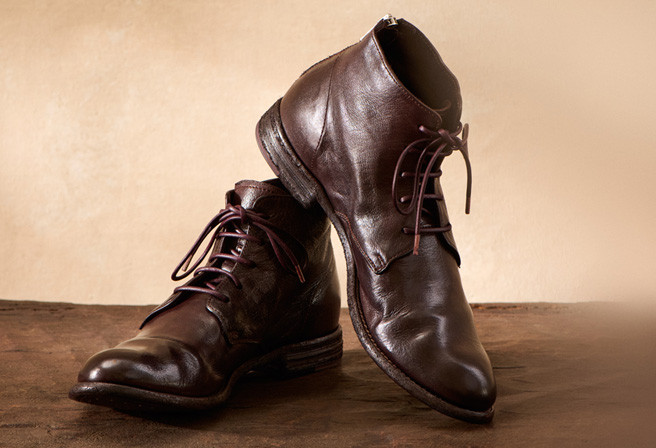A classically trained sculptor, Deborah Ehrlich, has been producing glassware defined by its ethereal form and weight since the late 1990s. Her minimal forms are expressions of lived life; whether through her time as a sculptor’s apprentice, a stained window restorer in Vienna, or through her formal studies in Anthropology at Barnard College.

While in academia, sculpture and form first came to her through her interest in early American tools. After working in the studio of American sculptor, Mike Skop, Ehrlich spent a year at Danish Design school, where she was first introduced to blown-glass production. Deborah’s work has always been focused on the intersection of form and function, thanks to her educational pursuits. By stripping away the non-essential, and reducing glassware silhouettes to their purest form, she pushes the limits of what one imagines the material can stand.
Working as an apprentice for formal American sculptors, Deborah’s design sensibilities were strengthened through a journey in Vienna, Austria, spent restoring stained glass windows, and her studies in Anthropology at Barnard College.
The root of Deborah Ehrlich’s designs began with her degree in Anthropology from Barnard College and a keen interest in studying the minimalistic design of early American tools. After graduating from Barnard, she studied at the private studio of master sculptor, Mike Skop. Later, she experienced a yearlong stint at the Danish Design School, where she was introduced to the methods of blown-glass production. Deborah’s work has always been focused on the intersection of form and function, thanks to her educational pursuits. By stripping away the non-essential, and reducing glassware silhouettes to their purest form, she pushes the limits of what one imagines the material can stand.
Today, Deborah Ehrlich is based in the Hudson Valley, working out of the home she purchased after returning from Provence, France in 1998. Just a year after she moved to New York, she began designing glassware. The first glass she brought to life was a stemless champagne flute, crafted by a Swedish glassblower. Originally, she had only requested four glasses to be manufactured, but when the Japanese department store, Takashimaya, saw her work, they immediately placed an order. Soon after she founded her own company, and to this day she still collaborates with the original manufacturer.
